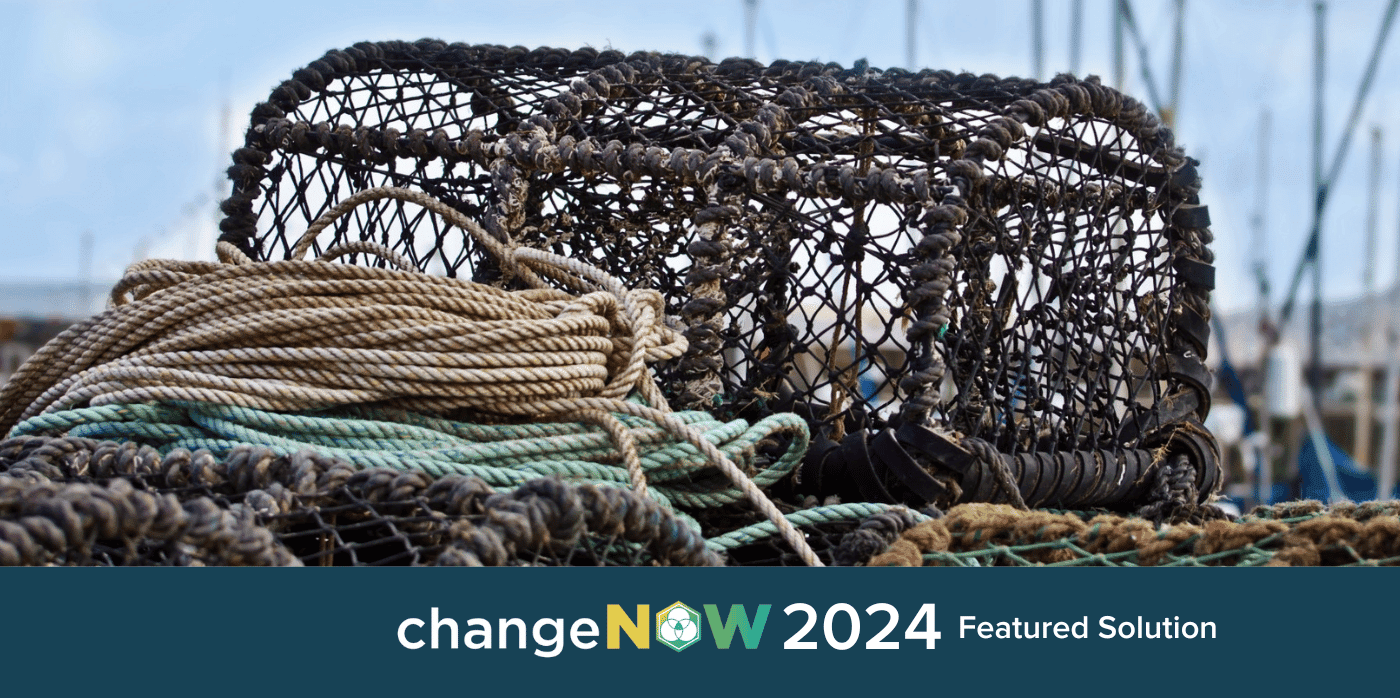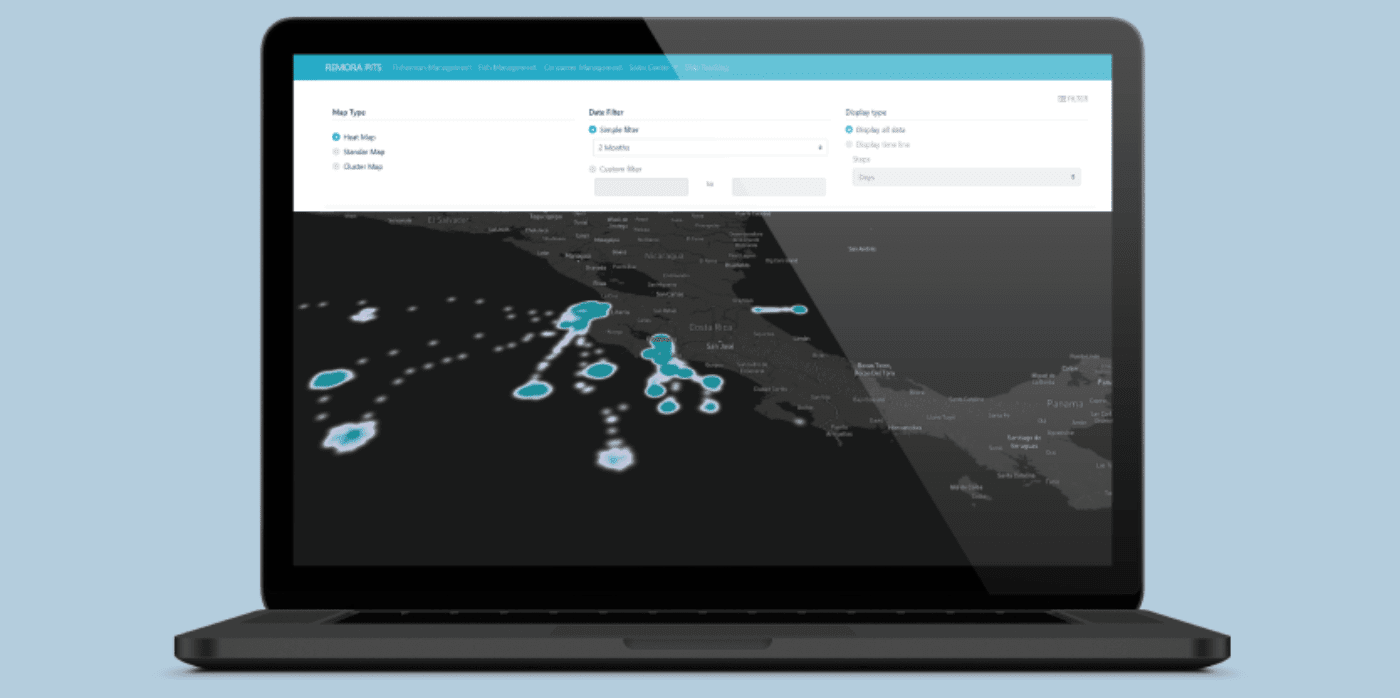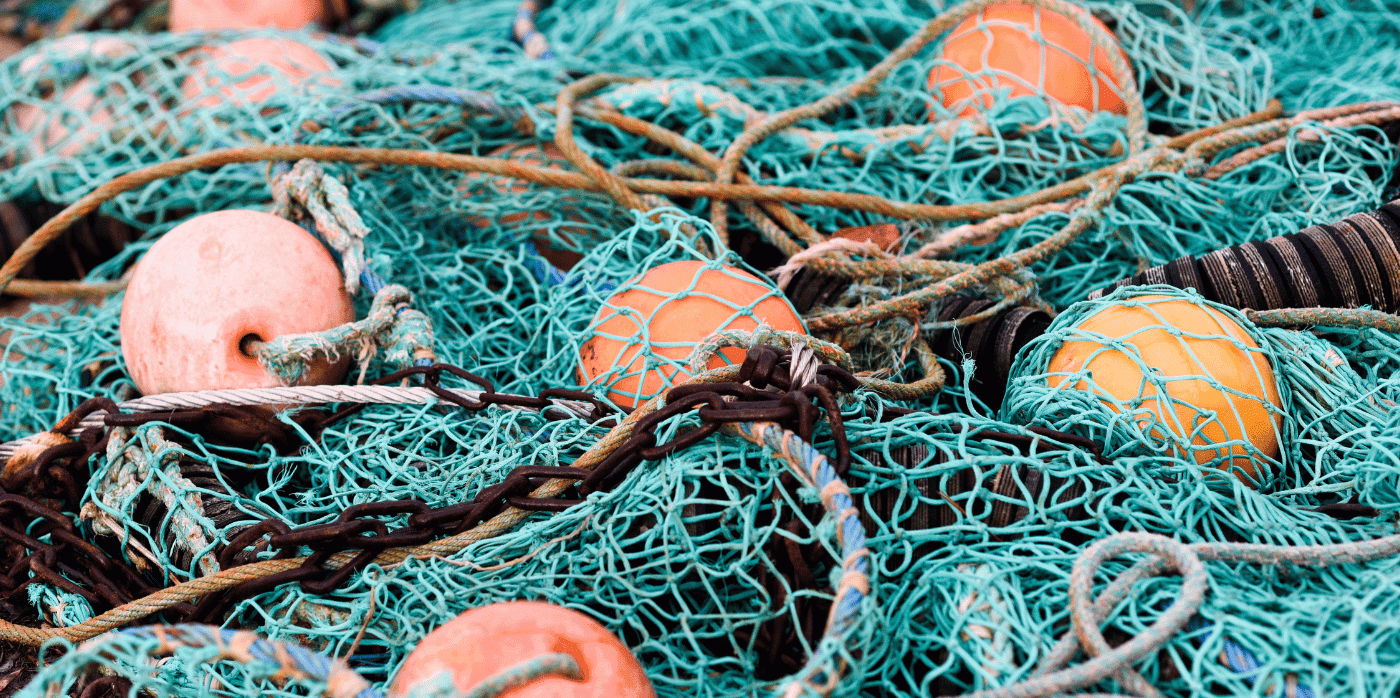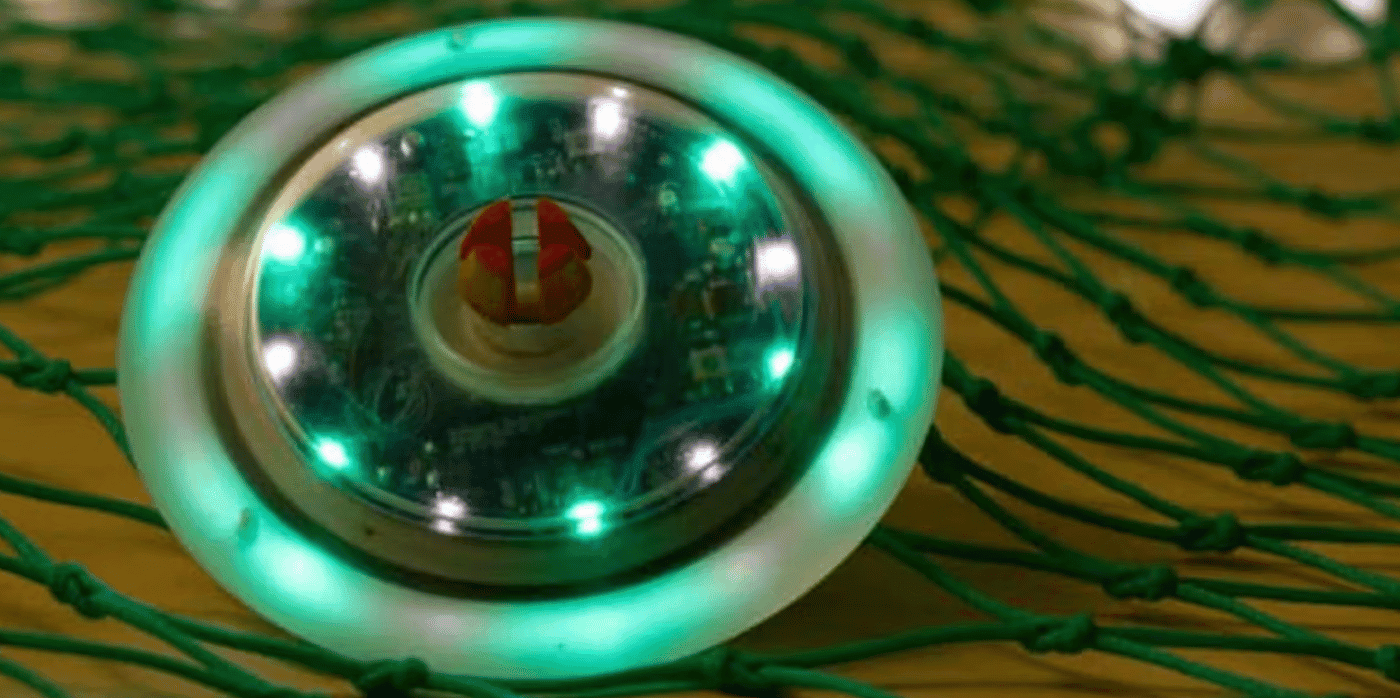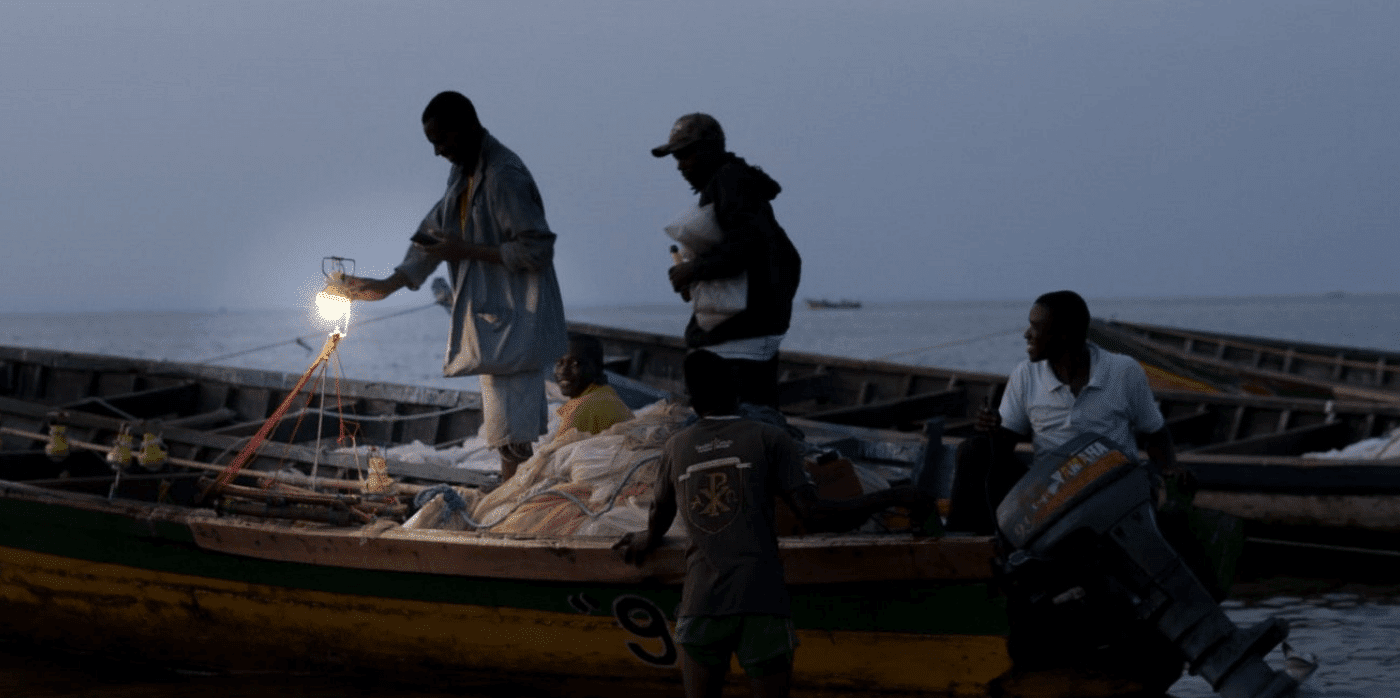Fishing responsibly: a new system that protects marine life

Spotted: The health of the animals in the world’s oceans is already severely compromised, with many more species than previously thought at risk of extinction. An additional threat to marine life is abandoned fishing equipment, or ‘ghost gear’, which is considered “the deadliest form of marine plastic”.
Ashored Innovations, based on Canada’s Atlantic coast, works with fishers to develop tools of the trade that protect marine life without compromising the quality of the catch. Ashored’s rope-on-demand technology allows fishers to eliminate the use of tethered buoys and, hopefully, better protect right whales – one of the animals most at risk of injury from entanglement with commercial fishing gear.
Called MOBI (Modular Ocean Based Instrument), the rope-on-demand system keeps the buoy and tethering rope coiled on the ocean floor until the fishing team arrives to check the traps or lines. Fishers can choose to use an acoustic call or a timer to release the buoys, and the MOBI system changes nothing about the harvesting of a catch. Fishers use their existing gear to check and reset traps, and then the buoy is lowered back down until the boat returns.
MOBI works with a range of fishing equipment, including lobster and crab traps and trawl lines. A connected software tool called ATLAS tracks the location and inventory of a fisher’s gear, and smart tags and sensors provide automatic digital updates, allowing teams to more efficiently plan their workload and time. Ashored’s tools and technologies are Blue Glove Certified, meaning that they work effectively even when operated by someone wearing the ubiquitous thick blue rubber gloves used by people in the fishing industry.
As well as protecting marine life, the MOBI system also helps fishers reduce the amount of equipment they lose from ship strikes and extreme weather carrying away or breaking their gear. That, in turn, helps reduce the amount of ghost gear polluting ocean waters.
A number of innovations in Springwise’s library are providing new life for collected ghost gear by upcycling the lost fishing equipment into stylish new products such as dog accessories and eyeglasses.
Written By: Keely Khoury

